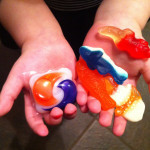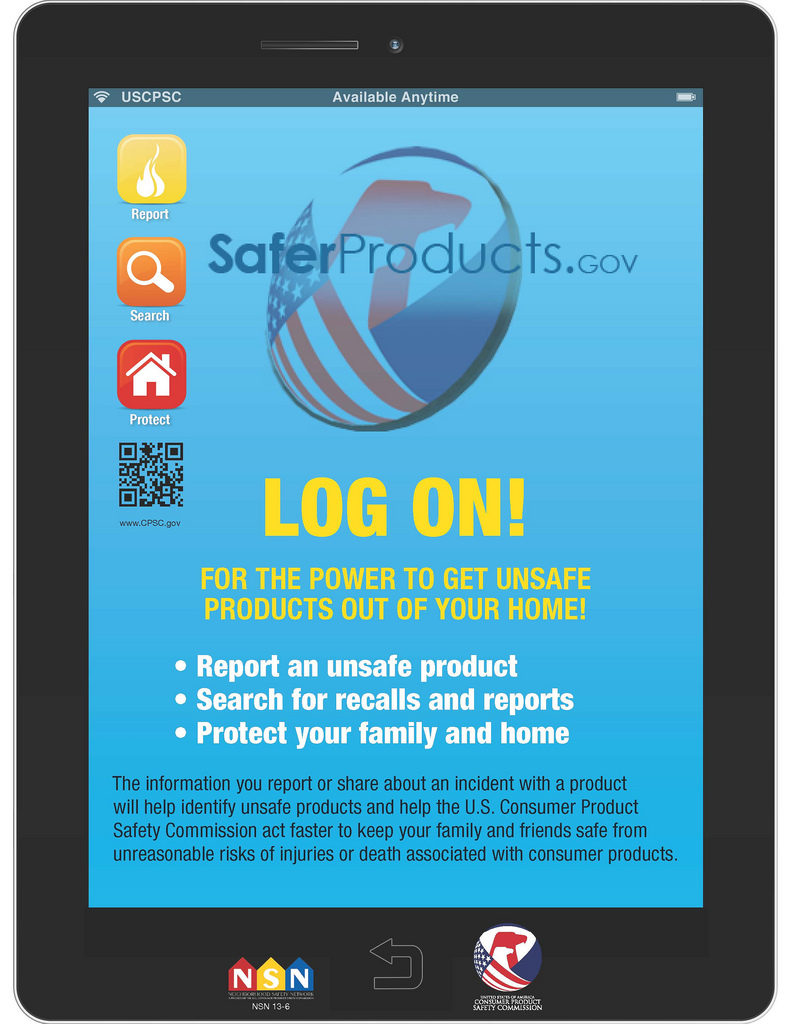 National Poison Prevention Week is a 7 day period designed to highlight the dangers of poisonings and how to prevent them. This is especially important because more than 2 million poisonings are reported each year to the 57 poison control centers across the country. More than 90 percent of these poisonings occur in the home. The majority of non-fatal poisonings occur in children younger than six years old. Follow KID on Facebook and Twitter this week and look for the #NPPW16 and #PreventPoison hashtags online for poison prevention tips and resources you can use this week and all year through to keep kids safe.
National Poison Prevention Week is a 7 day period designed to highlight the dangers of poisonings and how to prevent them. This is especially important because more than 2 million poisonings are reported each year to the 57 poison control centers across the country. More than 90 percent of these poisonings occur in the home. The majority of non-fatal poisonings occur in children younger than six years old. Follow KID on Facebook and Twitter this week and look for the #NPPW16 and #PreventPoison hashtags online for poison prevention tips and resources you can use this week and all year through to keep kids safe.
Below are a few poison prevention fast facts for parents and caregivers with young children:
Just 1 tsp. of liquid nicotine can be fatal to a child: Whether absorbed through the skin or ingested, it takes just a small amount of liquid nicotine to seriously hurt a child. Their colorful and bright packaging and often lack of a child-resistant packaging accounts for why poison control centers across the country have seen calls about liquid nicotine skyrocket over the past few years. In early 2016 KID and other safety advocates helped pass legislation that would require child-resistant packaging. It is our hope that this effort will help keep more children safe from these products. Read more about liquid nicotine hazards here.
Candy or laundry packet? Kids can’t always tell a difference: Laundry packets are often brightly colored, in plastic jars, and come in plastic wrappers. This leads many kids to assume they are candy. Like liquid nicotine, there has been a major rise of child injury as a result of these products since they came on the scene in 2012. KID and other safety advocates are working to pass legislation that would require child-resistant packaging and KID is working with design teams through our TEST program to see how the packets could be redesigned to be less appealing, and therefore safer to children. Read more about laundry packet hazards and what KID is doing to address these hazards at our blog.
Button batteries can cause internal burns in as little as 2 hours: These small disc or button batteries are found in many household items. If ingested, batteries can get stuck in children’s throats and can lead to poisoning, chemical burns and other serious complications. Just a few months ago 2 year old Briana died after swallowing a button battery. These hazards can be hard to manage since button batteries are in so many items in our homes but a good rule of thumb is to keep devices with batteries that are accessible without a tool away from small children. Check out this flyer for more information on button batteries and how to keep kids safe.


